What is Aromatherapy
Aromatherapy refers to the use of aroma from plant compounds, essential oils in particular, for promoting health and well-being, which has been around for millennia. It encompasses several traditional complementary and alternative therapies that can help stimulate the inner healing system and promote healing from within as a whole including body, mind, and spirit.
Ahead we’ll explore whether aromatherapy really works, what is aromatherapy used for, whether aromatherapy is scientifically proven, and many more. So, keep reading.
Table of contents
-
What is aromatherapy?
-
What is aromatherapy used for?
-
Does aromatherapy work?
-
Is aromatherapy scientifically proven?
-
Is aromatherapy used in healthcare?
-
How often should aromatherapy be used?
-
What is aromatherapy massage?
-
Popular essential oil used in aromatherapy
-
Final words
What is aromatherapy?
Aromatherapy is the use of aromas, mainly from plant extracts, for promoting health and well-being in a holistic manner. It falls under the treatment modality of complementary and alternative medicine (CAM) used to heal people as a whole including the body, mind, and spirit. It’s also commonly known as essential oil therapy since natural essential oils are most often been used in aromatherapy. It works on both physical and mental health.
Due to its enormous potential to promote healing without any adverse effects, aromatherapy has been gaining more recognition in medical science over recent years. It’s both a science and an art to healing from within.
What is aromatherapy used for?
Aromatherapy is used in various settings, ranging from hospitals to clinics to health spas, to manage and prevent a wide range of health conditions. Here are some common uses where aromatherapy has been found extremely beneficial:
- Pain
- Insomnia
- Anxiety
- Depression
- Nausea
- Low mood
- Congestion
- Difficulty focusing
- Fatigue or tiredness
- Physical and mental stress
- Symptoms associated with premenstrual syndrome (PMS) 1 and menopause
- Dry mouth
- Sore muscles
Does aromatherapy work?
Though modern research on the health benefits of aromatherapy is just in the preliminary stage, aromatherapy has been used for thousands of years to treat various disorders. It works wonders in certain conditions such as anxiety, pain, and poor sleep.
Scent molecules of essential oils used in aromatherapy have abilities to travel through the olfactory nerves and directly impact the brain’s emotional center called the amygdala. When massaged, essential oils help relax sore and tight muscles which in turn can hugely help ease pain and improve mobility.
Is aromatherapy scientifically proven?
Although research on the effects of aromatherapy on human health is just in its beginning, a decent amount of studies have found promising outcomes. For example, the National Cancer Institute (NCI) notes that aromatherapy has shown positive effects in improving various symptoms in cancer patients including nausea, vomiting, dry mouth, pain, anxiety, and depression.
In 2015 was published in the Asian Pacific Journal of Tropical Biomedicine an article, Essential oils used in aromatherapy: A systemic review, showing that aromatherapy is a noninvasive therapeutic modality that can provide relief from numerous conditions such as muscular pain, depression, insomnia, skin ailments, swollen joints, respiratory problems, and more.
Is aromatherapy used in healthcare?
Aromatherapy is one of the most commonly used complementary and alternative therapies nowadays and its use along with mainstream medicine is gaining significant momentum day by day. Aromatherapy is extensively being studied for its beneficial effects on promoting general well-being and managing various symptoms such as pain, anxiety, insomnia, depression, stress, and fatigue.
Aromatherapy has not only been found preventive but also effective in chronic and acute phases of diseases. It has been found beneficial in a range of inpatient and outpatient settings including preoperative symptoms, oncology, hospice, palliative care, and even in managing the end of life agitation.
Essential oils used in aromatherapy have been shown to have several pharmacological properties including antioxidant, antibacterial, antifungal, antiviral, anti-inflammatory, anticancer, immunomodulating, and hormone-balancing, as well as others, all of which may produce synergistic effects with certain mainstream treatments, especially those that are used to treat disorders associated with the central nervous system. This is the reason why aromatherapy is gaining increasing popularity in modern healthcare.
How often should aromatherapy be used?
Although aromatherapy is considered a safe treatment modality, it does not mean you can use aromatherapy arbitrarily. Each person is unique with a different threshold level depending on specific gender, age, and health condition, particularly the capacity of the sense of smell. As essential oils have an incredible ability to immediately affect the body and brain, excess exposure to aroma molecules can overload the nervous system.
Aromatherapy should be used as recommended. Too much of a good thing is always not meant to be more fruitful. Too often or too much use of essential oils may lead to unpleasant reactions even though a person is not sensitive or allergic to them.
The recommendations for aromatherapy use vary from person to person depending on personal health needs. Therefore, it’s best to work with a professional aromatherapist to know how often and how much you can use aromatherapy for your specific health purpose.
What is aromatherapy massage?
An aromatherapy massage is a specific type of healing modality that combines aromatherapy with massage therapy, benefitting both physical health and emotional health.
In an aromatherapy massage, various scented essential oils are used for direct application on the skin by mixing with a carrier oil such as jojoba oil and olive oil. It’s also a common practice to inhale essential oils during an aromatherapy massage so that the aroma molecules can directly enter the body through the nose and promote healing influencing the brain-body connections.
When essential oils get penetrated into the body by absorbing through the skin during an aromatherapy massage, they impart a range of therapeutic benefits ranging from easing pain and aches, to improving mood and relaxation, and detoxifying bodily systems depending on the specific properties of the oils used.
Different types of massages can be combined with aromatherapy, such as:
- Swedish massage
- Deep tissue massage
- Hot stone massage
- Prenatal massage
Popular essential oils used in aromatherapy
Aromatherapy is used for a number of purposes ranging from promoting relaxation to improving mood to managing pain. The selection of essential oils depends on the specific health needs and goals.
Here’s a list of essential oils that are used in aromatherapy most often:
- Lavender
- Peppermint
- Bergamot
- Geranium
- Ginger
- Orange
- Lemon
- Tea tree
- Eucalyptus
- Chamomile
- Cedarwood
Final words
Aromatherapy has tremendous healing potential that can hugely help with managing and preventing certain health conditions. But it should be used appropriately. Therefore, it’s best to consider working with a professional aromatherapist to determine what method of use would be best for your personal health needs.
NOTES
1) It was determined that there is a statistically significant difference between the groups in terms of PMS scale and sub-dimensions of anxiety, depressive affect, nervousness, pain, bloating, depressive thoughts mean scores of pre-test and 3rd follow-up (p<0.05), CONCLUSIONS: It was concluded that inhalation aromatherapy can be used for coping with PMS. It is recommended that the students suffering from PMS problems should be informed on the inhalation therapy by lavender oil.
Reference:
Ali, Babar, et al. “Essential Oils Used in Aromatherapy: A Systemic Review.” Asian Pacific Journal of Tropical Biomedicine, vol. 5, no. 8, Aug. 2015, pp. 601–611, repository.maranatha.edu/24599/9/1510065_References.PDF, https://doi.org/10.1016/j.apjtb.2015.05.007.


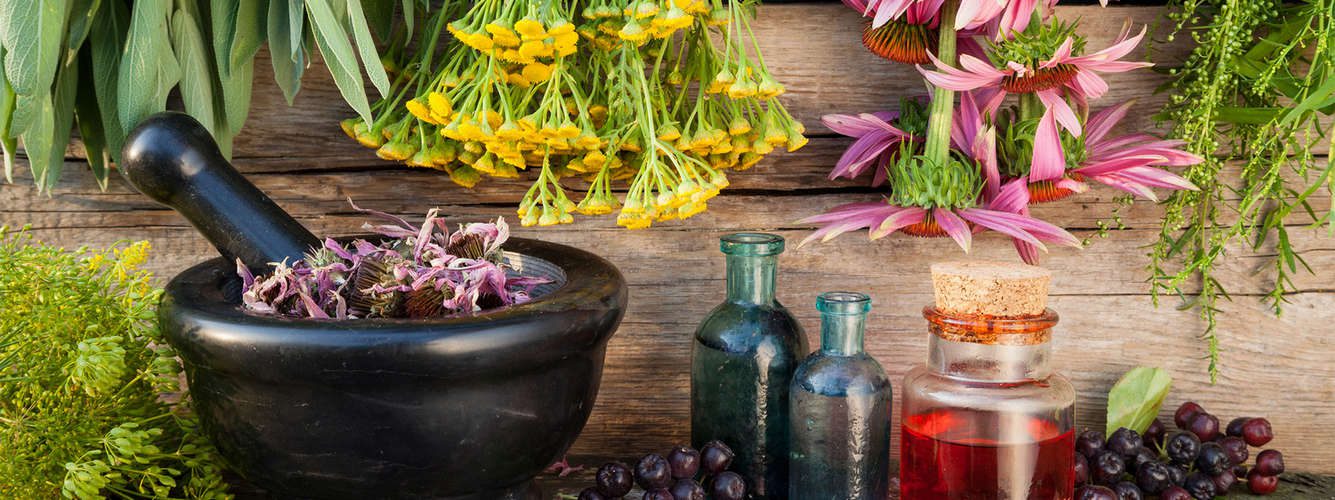
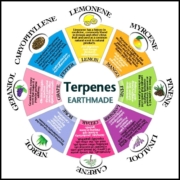
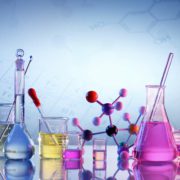

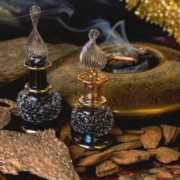


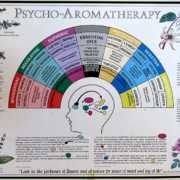
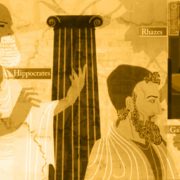














Leave a Reply
Want to join the discussion?Feel free to contribute!